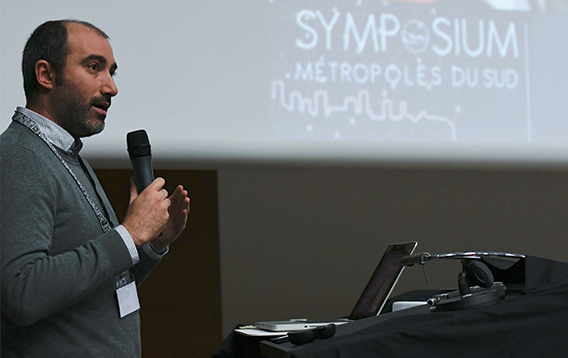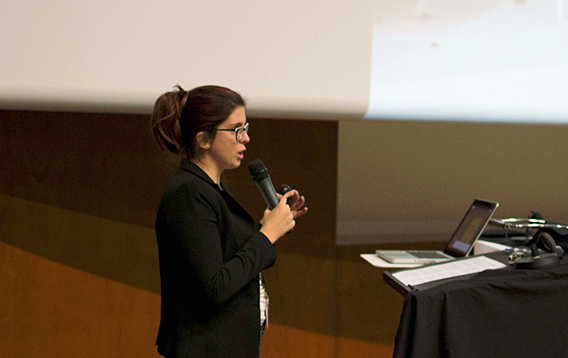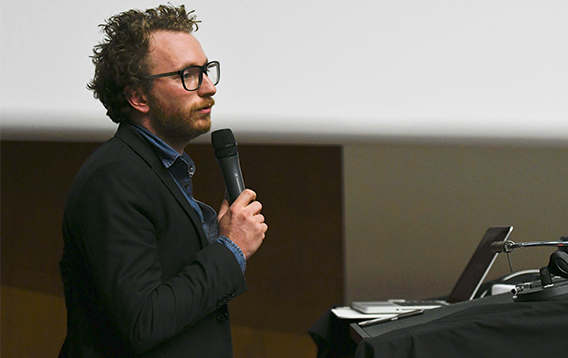
I will discuss the exclusive power of places…
I will discuss the exclusive power of places. Architecture is immobile and as such it belongs to only one place, it is the place where it will be erected. And it was on this principle that all the projects were carried. All the quality of the place lies in the relationship that we develop with ourselves. The first element that was the strong beliefs that I had when I started, the symbolic, was that if the imaginary is the projection that one could have each on the real, the symbolic one would make it possible to unite all our imaginary . I thought that architecture, because it is immobile, because it is found again, because it can be returned to it, then it could ensure that symbolic function which is not of great value today, Symbolic functions are usually flouted. The narrative made it possible to connect things and prolong the stories of things rather than to deny them, and finally, one could prolong the history of things by relating an architecture that was totally unique, which was not a pastiche, but Which brought back a true identity instead. At that precise moment we began to approach what was knowledge. The question is the transmission of knowledge in our museum, which is not simply an object exhibition. It goes beyond that, is that how you pass that on? We have developed three ways to access knowledge in this place. The first way around which the project revolved was a kind of cinema, a large auditorium where the user was passive: the story was discovered during a 35-minute film on 5 screens. The second element was a walk. It is a kind of history ring in which we live history in progress and which is a kind of artistic intervention. We have worked here with artists who have told this story. And finally, the third element was what we called the alcoves, and there you could deepen the knowledge. So we used just once again digital and video means, and then for the first time we started to model things. So we were a little actor of the story in progress and it’s a bit like this synergistic way of conveying the story that we wanted to highlight. We began to develop elements where we could digitally and by the choice of this path in the digital, to make its own path of knowledge. There really was a willingness to work that as a place of knowledge and not as a museum. We won the contest of the Eiffel Tower, and this is really the typical object of the useless. The Eiffel Tower, it serves no purpose; It is an empty building, it is a kind of large scale, there is a whole story around it, but precisely because it is useless, it becomes symbolic and becomes present for all. = Reading a lot of text on the Eiffel Tower, and looking at the structure of the project, I realized that the oblique is what had made the invention of the Eiffel Tower. The oblique is what allowed to propel the tower to three hundred meters of the ground; And what Rolland Barthes calls obliquity, that is to say, the force of the oblique with four pillars which rest against one another. We can work today in extremely complex forms, with production costs that are quite reasonable, and which really enable us to achieve an exceptional quality of achievement. So this facade is undulating in order to take exactly the geometries that existed on the tower. As an architect, I do not think we should seek power; Power is not the political collision, but power is something important, and that is what allows us to build. It is this that allows us to regroup to find new ideas and that, finally, power is something that is not always very healthy, which we confront every day. And you do not want to have it; But on the other hand, this power, it actually allows to erect. I think we must have our right position of who we are, and use that power of power that we do not have, but especially that gives us power.
by Alain Moatti
Moatti Riviere



